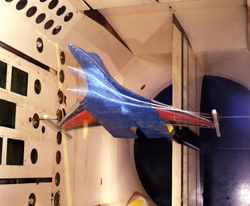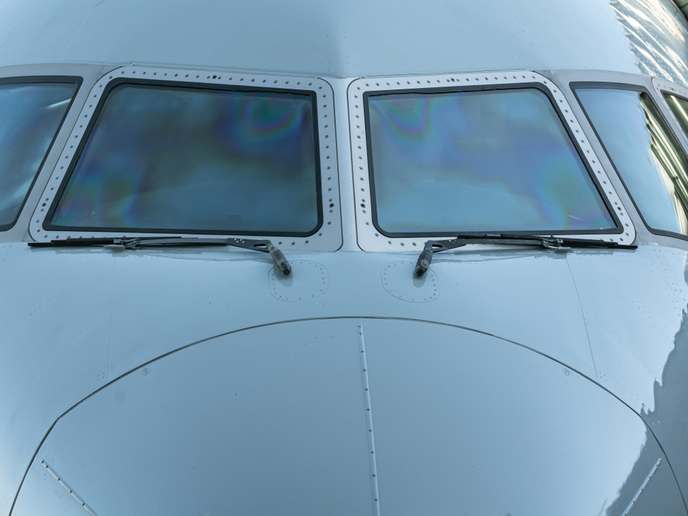Green wing concept for aircraft
The Natural Laminar Flow (NLF) wing design has been the focus of much attention in the aerospace industry. High Reynolds number experiments, basically relating to very turbulent flow, are critical to increasing its technology-readiness level. These experiments have now been successfully completed in the European Transonic Wind tunnel (ETW) in Germany with EU funding of the project 'Transonic high Reynolds number testing of a large laminar wing half model' (HIRELF).The overarching goal was to determine how surface imperfections and changes in local wing shape affect laminar flow. Investigators developed an internal pressure control system for the wing model using a gas bottle supply to pressurise leak-tight chambers in the wing through three individually controlled pressure lines. Scientists adjusted forward- and backward-facing contour steps manually. The use of temperature-sensitive paint (TSP) to monitor flow, the most important measurement technique, required careful cleaning, priming and spray application to the wing. TSP images were collected from 300 test conditions at various Mach numbers and Reynolds numbers. Around 1 000 images were acquired and analysed, resulting in the creation of a dataset unequalled by any other in the world. Thanks to a unique agreement with industry regarding dissemination of project findings, an oral presentation was given at the largest worldwide aeronautical conference, the American Institute of Aeronautics and Astronautics(AIAA) Aerospace Science Meeting, in the United States in January 2013. HIRELF established the foundations for rapid development of the promising NLF wing design. Experiments proved the capability of ETW to perform high Reynolds number tests and produce image data with the accuracy and reliability required by industrial standards. Knowledge gained about laminar flow, the transition to turbulence, and the dependence on wing shape and surface imperfections will be critical to future design of NLF wings. Smooth laminar flow may come quite naturally to planes in the very near future with important reductions in fuel consumption and emissions.







